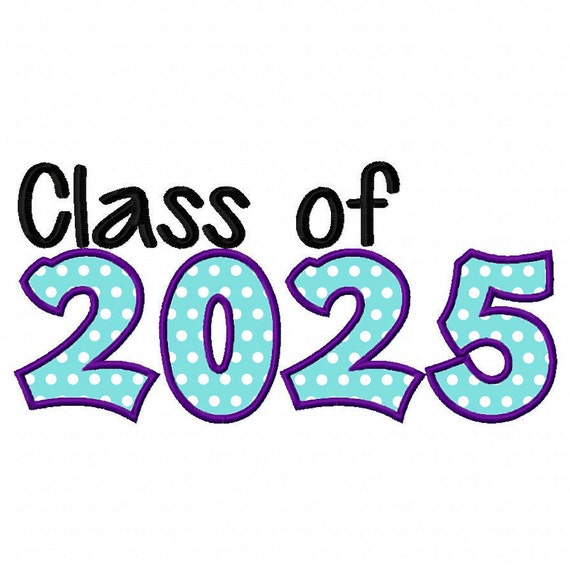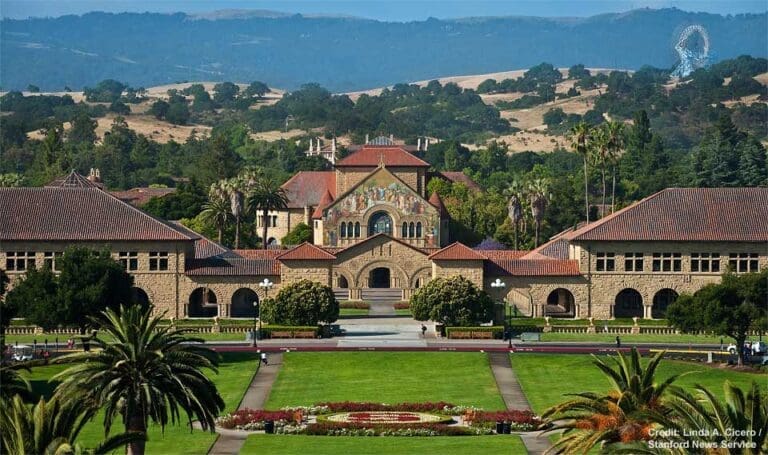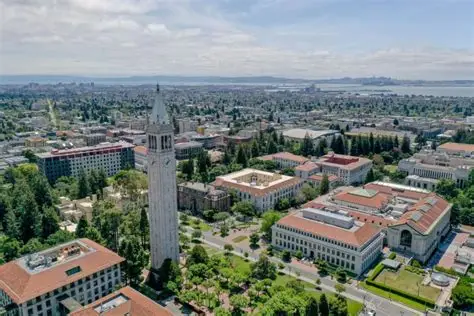Early College Admissions: A Season Like No Other
The weeks leading up to the Christmas and New Year holidays always offer a glimpse into how the college application season is unfolding. This year, however, has been uniquely fascinating. The lingering impact of COVID-19 has transformed the early admissions landscape, creating an application round unlike any we’ve seen before.
Ivy Central’s Early Success
At Ivy Central, we are thrilled to announce that over one-third of our students have already secured admission to top-tier colleges through early action and early decision rounds. We’re incredibly proud of their achievements and are excited to see even more success stories unfold in the ED2 and Regular Decision rounds.
Our students have been accepted into the following prestigious institutions:
United States:
-
Stanford University
-
Yale University
-
Cornell University
-
University of Virginia
-
Rice University
-
Babson College
-
University of Wisconsin–Madison
-
University of Texas–Dallas
-
Texas A&M
-
Santa Clara University
-
Rose-Hulman Institute of Technology
-
Sarah Lawrence College
-
Case Western Reserve University
-
Eckerd College
United Kingdom:
-
University of Bath
-
Durham University
-
University of Leeds
The National Trend: Record-Breaking Applications
Beyond our own students, the early admissions season has been marked by an unprecedented surge in applications at elite colleges. Some schools have reported increases as high as 57% compared to previous years.
However, this rise in applications has not led to more students being admitted. For example, Harvard University, which saw a 57% increase in early applications, accepted only 747 students this year, compared to 895 last year.
Here’s a look at some of the most notable increases in early applications:
-
Brown University: +22%
-
University of Pennsylvania: +23%
-
Dartmouth College: +29%
-
Columbia University: +49%
-
Yale University: +38%
Why the Surge in Applications?
A major factor contributing to this boom is the widespread adoption of test-optional policies. Due to the disruptions caused by COVID-19, many colleges have waived the requirement for SAT or ACT scores, encouraging more students to apply, especially to highly selective institutions.
For more insights on these changes, we recommend reading our article on [Changes at Common App].
Early Admissions Outcomes for the Class of 2025
Here’s a snapshot of the early decision (ED) and early action (EA) acceptance rates for popular colleges among our students:
| College | Deadline | Applied | Admitted | Admit Rate |
|---|---|---|---|---|
| Boston College | ED1 | 1,950 | 800 | 41% |
| Brown University | ED | 5,540 | 885 | 16% |
| Dartmouth College | ED | 2,664 | 566 | 21% |
| Duke University | ED | 5,036 | 840 | 17% |
| Emory University | ED1 | 1,975 | 614 | 31% |
| Georgetown | REA | 8,700 | 957 | 11% |
| Georgia Tech | EA1 | 6,132 | 2,330 | 38% |
| Harvard University | SCEA | 10,086 | 747 | 7% |
| Johns Hopkins | ED1 | 4,727 | 520 | 11% |
| MIT | EA | 15,036 | 719 | 5% |
| Rice University | ED | 2,635 | 421 | 16% |
| University of Pennsylvania | ED | 7,962 | 1,194 | 15% |
| Yale University | SCEA | 7,939 | 837 | 11% |
What’s Next: Understanding Deferrals
Given the dramatic rise in applications, it’s no surprise that more students are being deferred to the Regular Decision round. In our next blog, we’ll explain exactly what a deferral means and how you can strategically respond if your top-choice college asks you to wait a little longer.









